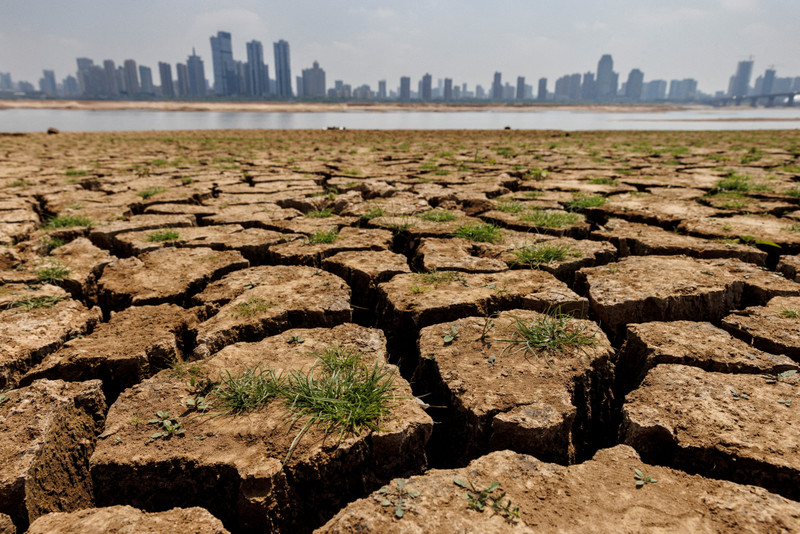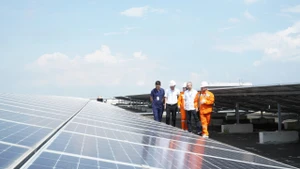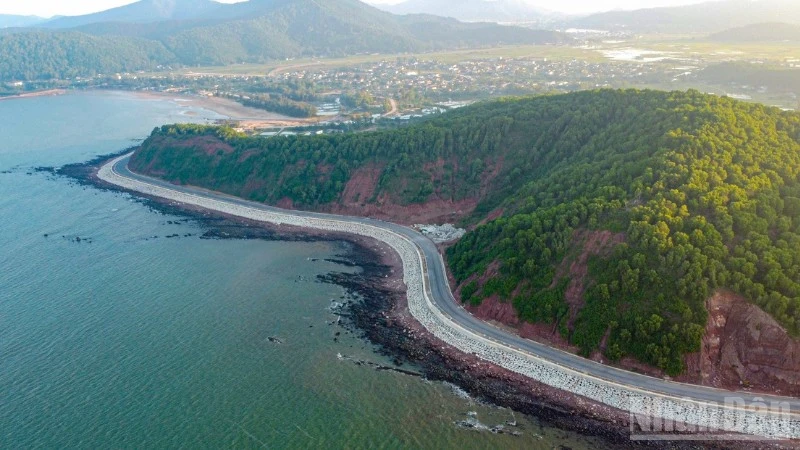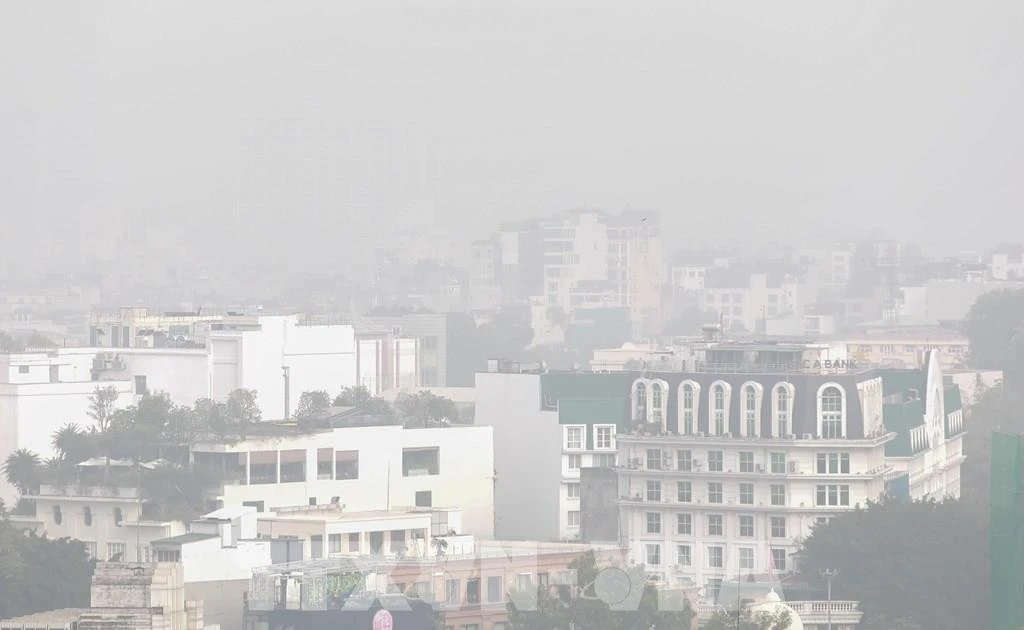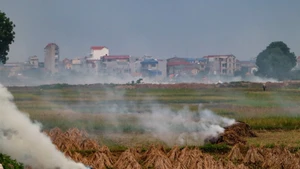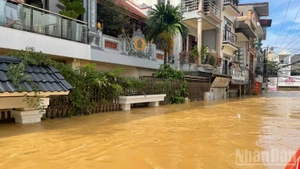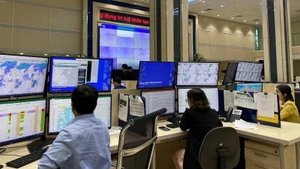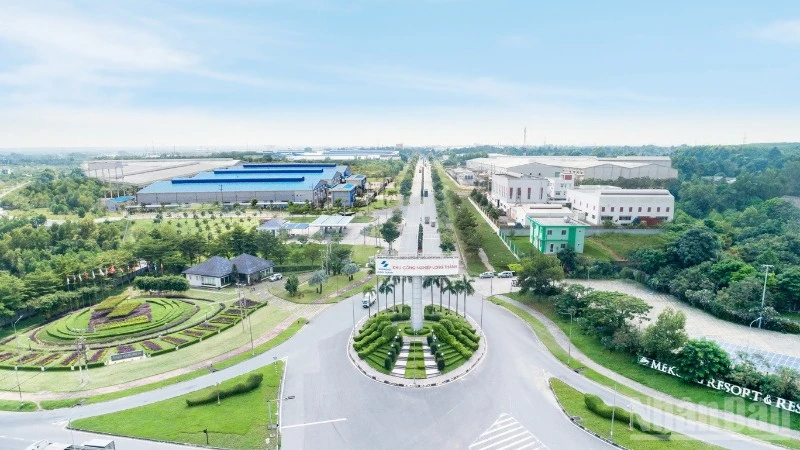A danger foretold
The National Aeronautics and Space Administration (NASA) also issued notable warnings about the dangers of climate change. Accordingly, the global average sea level rose by about 0.76 centimetres from 2022 to 2023 — nearly four times the increase of the 2021-2022 period — due to due to El Nino and climate change.
The NASA-led analysis is based on more than 30 years of satellite observations, with the initial satellite launching in 1992 and the latest in 2020.
Overall, sea levels have risen by around 10 centimetres since 1993. The rate of increase has also accelerated, more than doubling from 0.18 centimetres per year in 1993 to the current rate of 2.5 centimetres per year.
Analysts believe that global sea level saw a significant jump due mainly to a switch from La Niña in the 2021-2022 period to and El Niño conditions.
Furthermore, human behaviour is also a contributing factor for the global average sea level.
Current rates of acceleration mean that the team is on track to add another 20 centimetres to the global mean sea level by 2050, increasing the frequency and impacts of floods across the world.
Nadya Vinogradova Shiffer, director for the NASA sea level change team and the ocean physics programme
According to Nadya Vinogradova Shiffer, director for the NASA sea level change team and the ocean physics programme, current rates of acceleration mean that the team is on track to add another 20 centimetres to the global mean sea level by 2050, increasing the frequency and impacts of floods across the world.
“In El Niño years, a lot of the rain that normally falls on land ends up in the ocean, which raises sea levels temporarily,” said Josh Willis, a sea level researcher at NASA’s Jet Propulsion Laboratory.
Many countries and regions around the world are suffering increasingly severe damage from climate change.
A report by the World Meteorological Organisation (WMO) showed that a double whammy of El Niño and long-term climate change hit Latin America and the Caribbean in 2023.
Sea level continued to rise at a higher rate than the global average around much of the Atlantic region, threatening coastal areas and small island developing states.
WMO Secretary-General Celeste Saulo noted that Hurricane Otis rapidly intensified before making landfall, hitting Acapulco, Mexico, as a devastating Category 5 hurricane, resulting in dozens of fatalities and several billions of dollars in damages.
Also, according to WMO, drought, heat, wildfires, extreme rainfall, and a record-breaking hurricane had major impacts on health, food, energy security, and economic development in Latin America and the Caribbean in 2023.
The WMO reported that the 2023 mean temperature was the highest on record, 0.82 °C above the 1991–2020 average.
In particular, Mexico experienced the fastest rate of warming in the region, at about 0.3 °C per decade from 1991–2023. The boreal summer of 2023 was exceptional for extreme heat over Mexico as temperatures surpassing 45 °C were recorded in many stations, with a high of 51.4 °C in August.
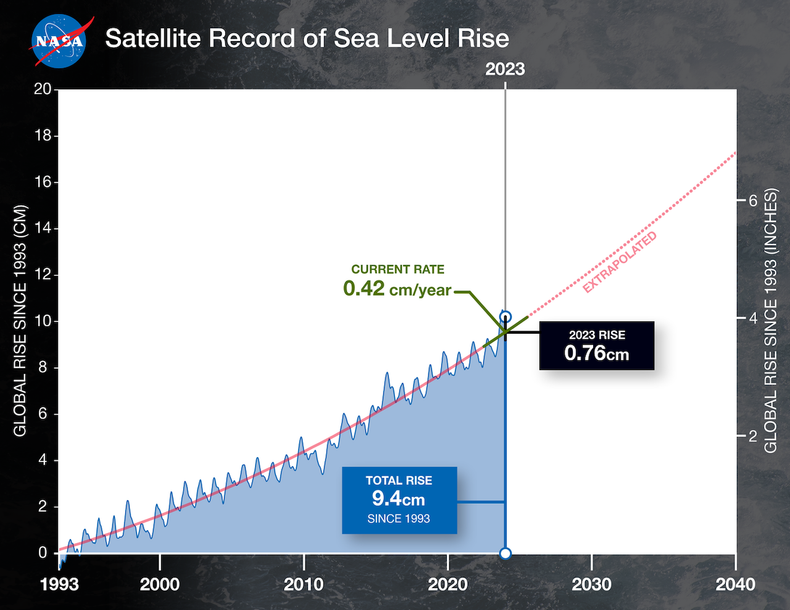 |
| This graph shows global mean sea level (in blue) since 1993 as measured by a series of five satellites. The solid red line indicates the trajectory of this increase, which more than doubled over the past three decades. The dotted red line projects future sea level rise. Credit: NASA-JPL/Caltech |
In contrast to the rising temperature in Latin America and the Caribbean in 2023, in the first months of 2024, unusual cold weather and frost damaged crops in the central regions of Lipetsk, Voronezh, and Tambov in Russia.
Manino Sergei Tribunsky, General Director of Manino Joint Stock Company in Voronezh, said that temperatures dropped to -8oC, damaging winter crops, sunflowers, winter wheat, corn, and cereals, thus causing a loss of about 900,000 USD to the company.
The Voronezh region declared a state of emergency on May 7 due to frost. Previously, a state of emergency was also issued in the regions of Lipetsk and Tambov due to cold weather affecting agricultural production.
Many things need to be done immediately
Facing the increasingly serious dangers of climate change, experts say that the international community and governments of countries need to do many things immediately, including promoting green development, energy transition, and emissions reduction.
The US Department of State recently released a statement on the two-day meeting on May 8 and 9 between John Podesta, President Joe Biden's climate envoy and his Chinese counterpart Liu Zhenmin in Washington.
According to the statement, the two officials pledged to work together to reduce methane emissions. Methane emissions are the second largest contributor to climate change, after CO2.
At the meeting, the two special envoys also discussed ways to promote the success of the 29th session of the Conference of the Parties to the United Nations Framework Convention on Climate Change in Azerbaijan this November.
The two sides committed to promote bilateral cooperation and conduct capacity building on deploying abatement technologies, as well as improving standards aiming to achieve significant methane emissions control and reductions in the 2020s.
Previously, Japanese Prime Minister Fumio Kishida and Brazilian President Luiz Inacio Lula da Silva agreed to promote efforts to combat climate change. During talks in early May in the capital city of Brasilia, the two leaders confirmed the establishment of the Japan-Brazil Green Partnership Initiative, which includes financial contributions and support to restore degraded agricultural land, stop deforestation.
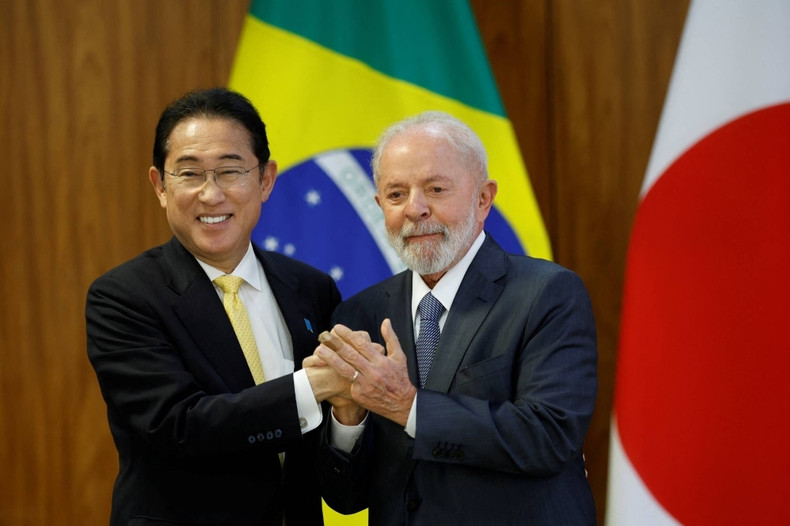 |
| Brazil's President Luiz Inacio Lula da Silva (right) and Prime Minister Fumio Kishida shake hands during a joint statement at the Planalto Palace in Brasilia, Brazil (Photo: REUTERS) |
According to the Japanese Ministry of Foreign Affairs, the two leaders also agreed to make efforts to spur measures for decarbonisation, such as joint projects using Brazil's biofuel technology and Japan's hybrid engines.
For his part, President Lula called for more investment in clean energy businesses, saying climate change is a serious problem.
In recent years, poor and developing countries have also received more attention and support from the international community in the fight against climate change.
In early May, the Global Environment Facility (GEF) granted South Sudan — one of the poorest countries in the world — 33 million USD in funding to implement a five-year watershed approach to climate resilience in agro-pastoral landscapes.
South Sudanese Minister of Environment and Forestry Josephine Napwon Cosmas said that the project, which aims to strengthen the resilience of vulnerable communities to the impacts of climate change while restoring ecosystems, has enormous potential for the region.
Meanwhile, the Lao Government has just signed an agreement with AIDC Green Forest Company to launch a forest carbon credit initiative.
According to the agreement, the project will involve eight forests with a total area of approximately 1.4 million hectares.
The scheme is an important national strategy and is in line with strategies adopted by other countries to reduce forest destruction, which is one of the causes of climate change.
The above efforts are implemented in the context of PIK's report showing that if global actions are not made, climate change damage could cost 38 trillion USD per year by 2050, equivalent to 17% of global GDP.
However, it costs us much less to protect the climate than not to. According to the report, at an estimated 6 trillion USD, the cost of measures to limit global warming to within 2 °C (3.6F) of pre-industrial temperatures by 2050 would be less than a sixth of the cost of the estimated damage caused by allowing warming to exceed that level.
However, it is concerned that countries, especially developed countries, have not yet been prompt nor decisive enough in their actions, as the financial contributions of major countries to the fight against climate change are still a drop in the bucket compared to the actual needs.
